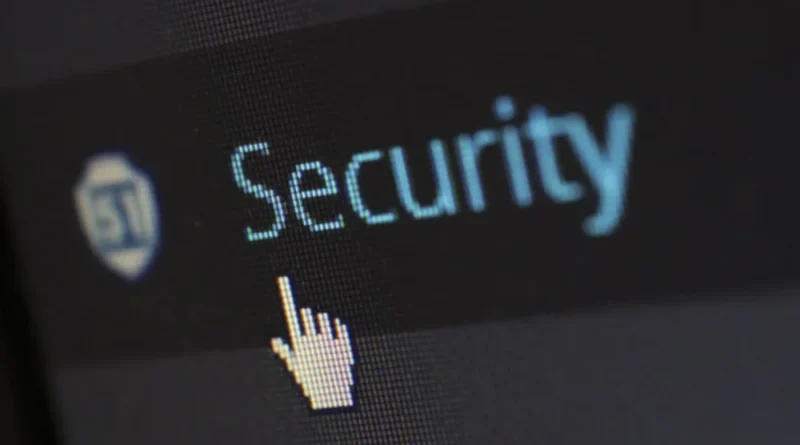How to Create an Effective Cyber Security Awareness Campaign
Cybersecurity is a huge concern to all entrepreneurs, big and small. New threats to data and computer systems emerge daily. A cyber security awareness campaign will inform your organization of the latest security protocols and dangers while strengthening defenses. It will also enable you to maintain a good reputation with clients and avoid legal repercussions for inadequate security measures. Here’s how to create an effective campaign:
Liaise With a Security Expert
The first step is to consult a knowledgeable IT and security expert. You can even do this online from professionals like F12.Net. Let them know your concerns, and discuss the best ways to protect your business.
An expert will help you keep all systems up-to-date with security patches, provide firewall setup and configuration instructions, and check for potential vulnerabilities. They’ll also monitor round the clock, alerting you of suspicious activity.
Opt for one who can recommend specific cybersecurity best practices for your organization. They understand the industry and legal requirements. For instance, they may recommend a data encryption program, two-factor authentication, or anti-virus software specific to your industry standards.
Create a Cybersecurity Policy
A cybersecurity policy is a set of rules or guidelines outlining how your organization will protect its online assets. It should include basic security measures, such as strong passwords. More detailed elements illustrate how to respond to cyberattacks or what type of software and hardware is allowed. It should also specify who implements the policy and how to enforce it.
The policy gives you control over your system, reducing the potential for legal repercussions. You’ll comply with industry expectations and let employees understand their roles. Keep updating the policy to reflect changes in protocols or threats.
Develop an Employee Training Plan
Your employees are your first line of defense against cyber threats. They should all have a basic understanding of cybersecurity and their specific role within it. Develop an employee training plan, focusing on areas such as recognizing a phishing attack, password protection protocols, and securing confidential information.
Include training for general staff and a more detailed one for the IT team. Conduct refresher courses at regular intervals. Keep testing to ensure employees adhere to the cybersecurity policy and respond appropriately to threats. For example, have a mock phishing attack in which employees can practice responding to malicious emails. Check whether they know who to contact during a security breach.
Monitor System Access and Use
Sadly, insider threats are one of the most common sources of cyberattacks. To prevent malicious activities from within, monitor system access and use. It includes tracking what devices and software are used, who is accessing what data, and any attempts to breach the system. Implementing user obligations will also protect against insider threats. Employees will be aware of their responsibilities and the potential consequences of neglecting duties.
It’s also important to monitor external traffic. Have an intrusion detection system checking network activity for any suspicious behavior. It will enable you to detect and respond quickly to malicious activity. For instance, if you notice a lot of traffic from a certain IP address or an unusually high volume of data going out, you can quickly investigate or take appropriate action.
Keep Software Up to Date
Regularly check and install the latest security patches to protect against newly discovered vulnerabilities. While this may seem like an obvious tip, many forget or ignore it altogether. Furthermore, ensure that only authorized people have access to update the software and that they are doing it as required. Keep asking your security team what other measures you can take to protect your system.
Conduct Regular Security Audits
Security audits are systematic reviews of an organization’s security policies, procedures, and operations. Regularly audit your system to identify any vulnerabilities or potential threats. Every year or sooner, check how often you experienced attacks or threats, how quickly you responded, and what to improve. Reviewing the audits enables you to prioritize and fix problems. It also creates more robust security policies tailored to your organization’s needs.
Cyber security threats constantly evolve; be alert and take the necessary steps. An effective strategy will boost your business growth and keep customers happy. This is because they want to know that their data is secure and safe. They’re also more willing to pay and conduct business regularly from secure providers. Protecting the business also prevents expensive lawsuits that will drain you financially and ruin your reputation.




